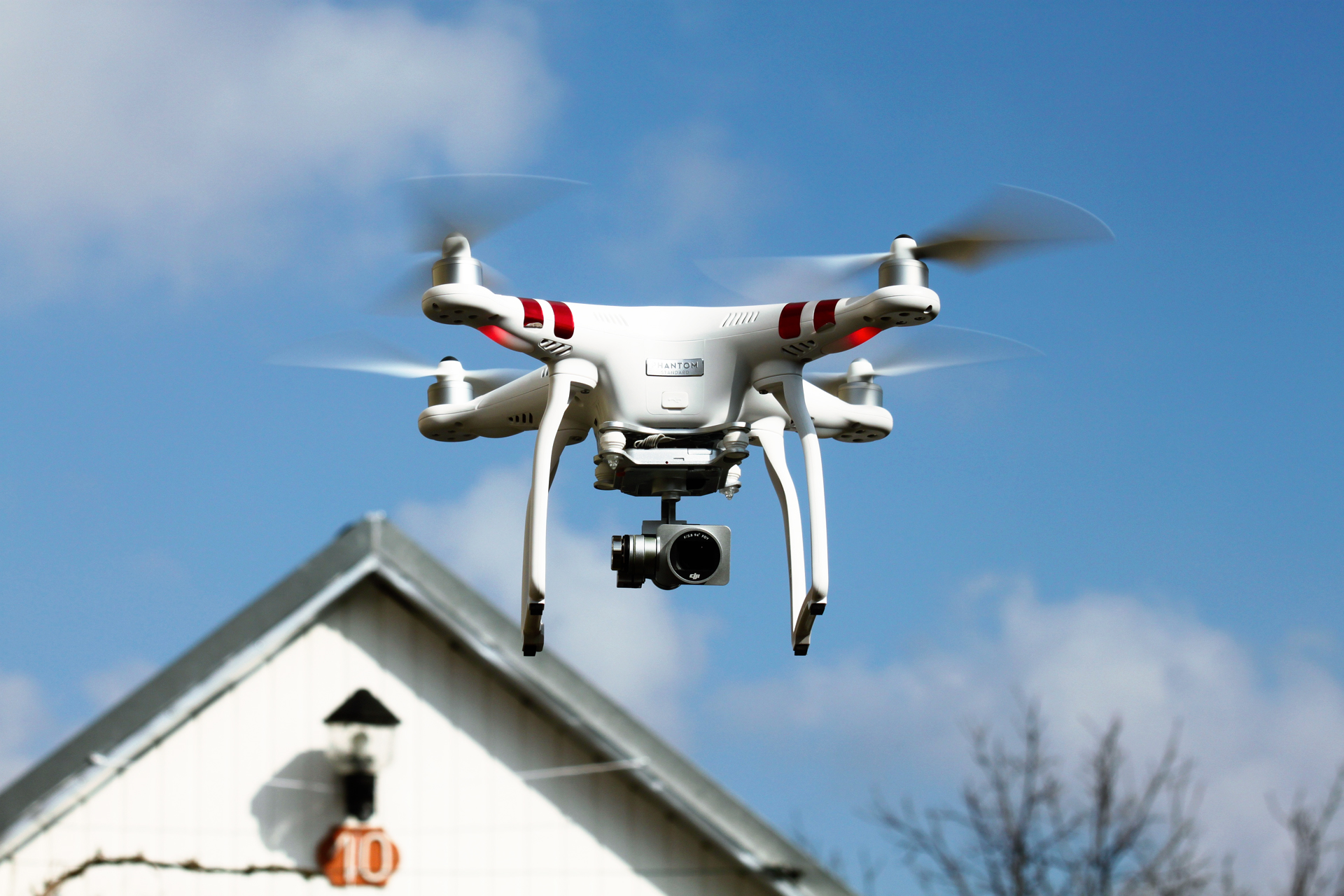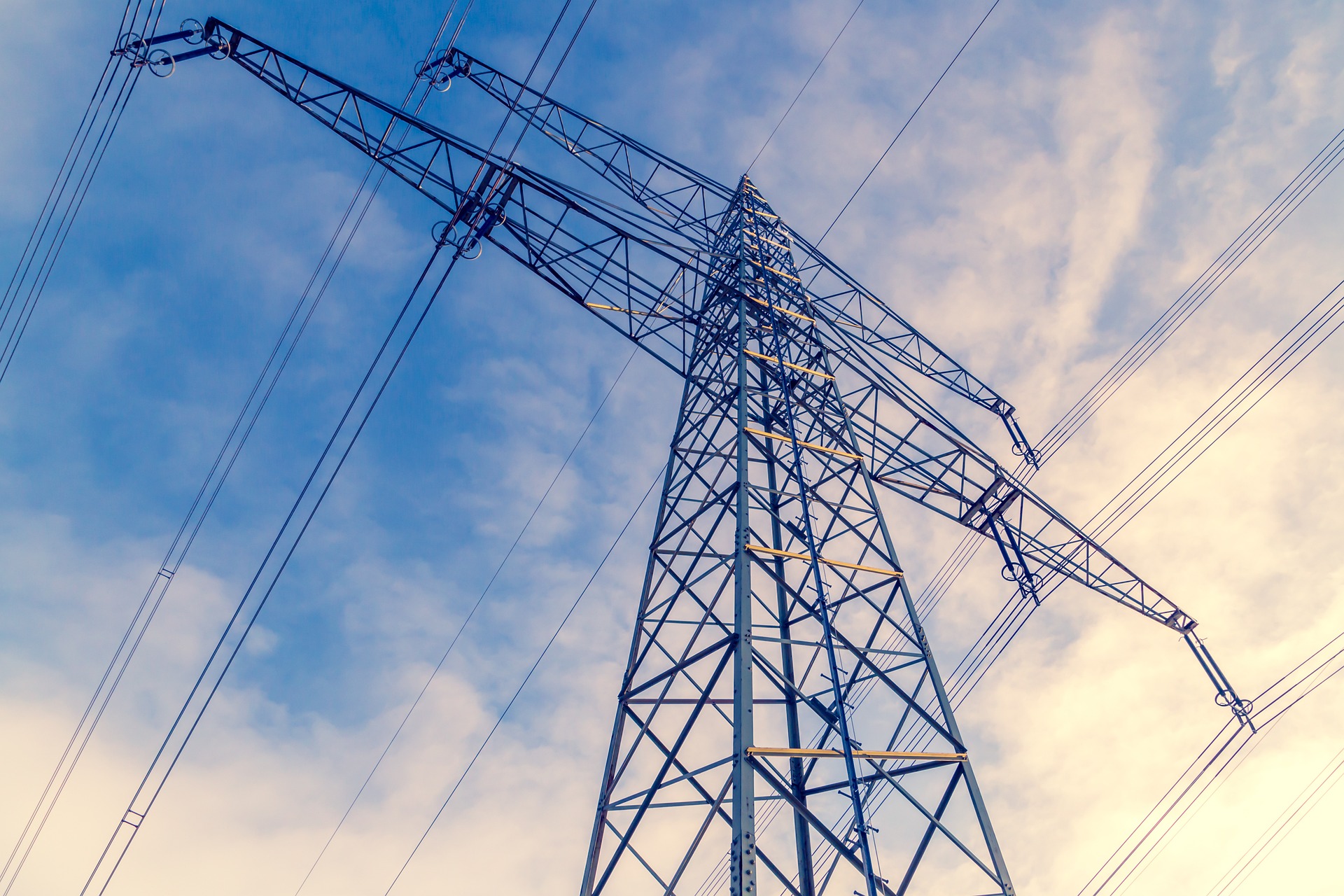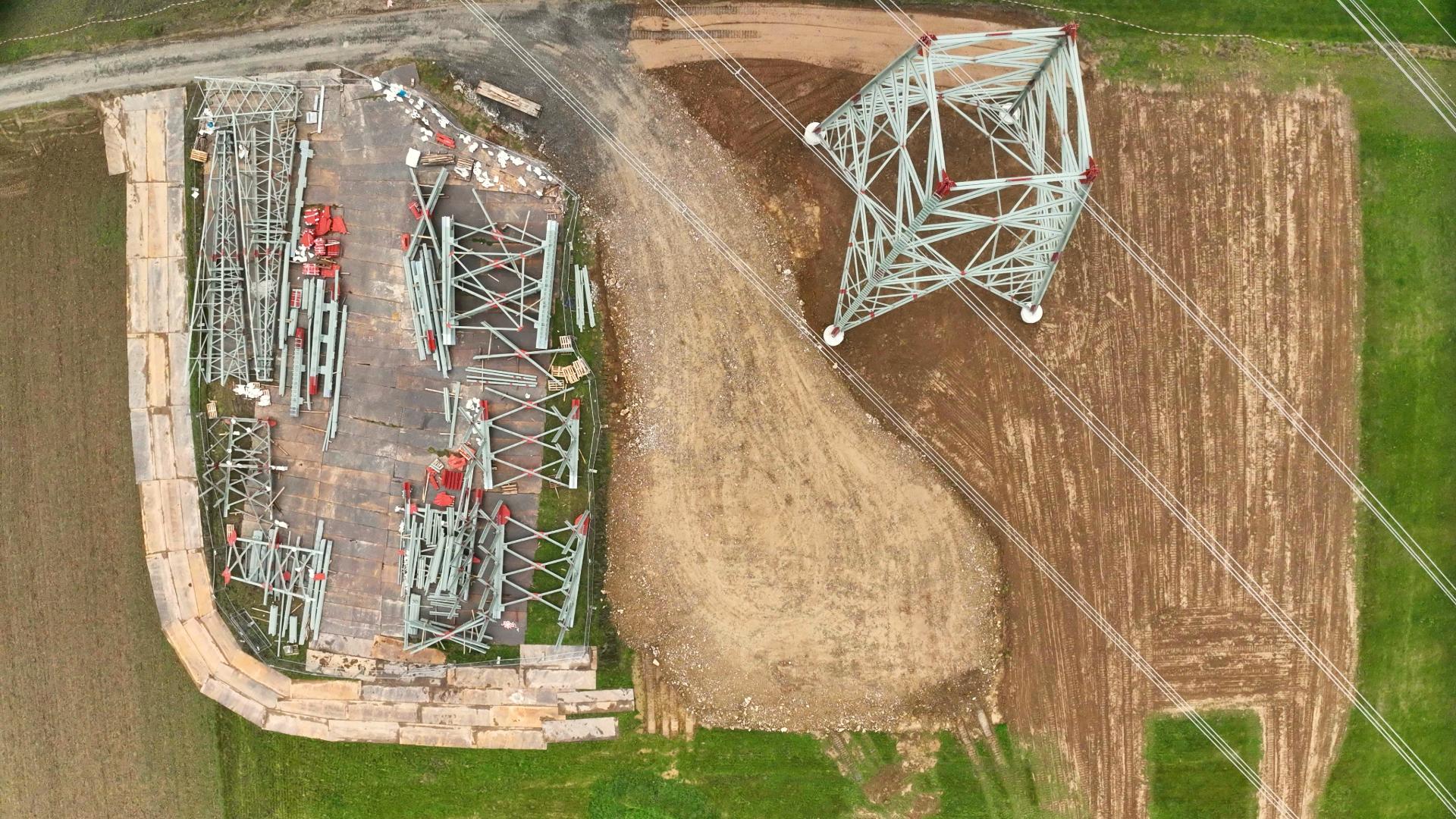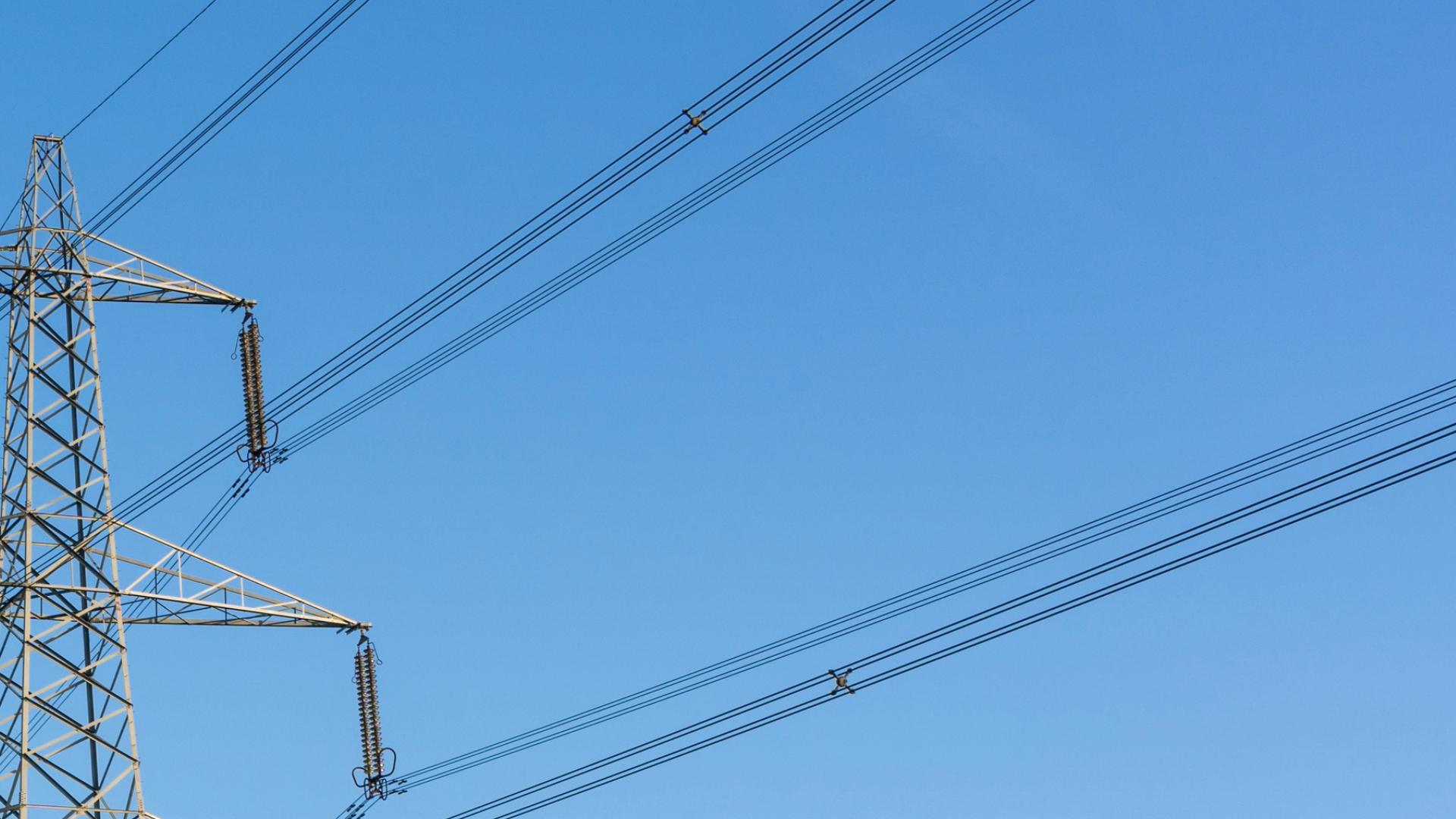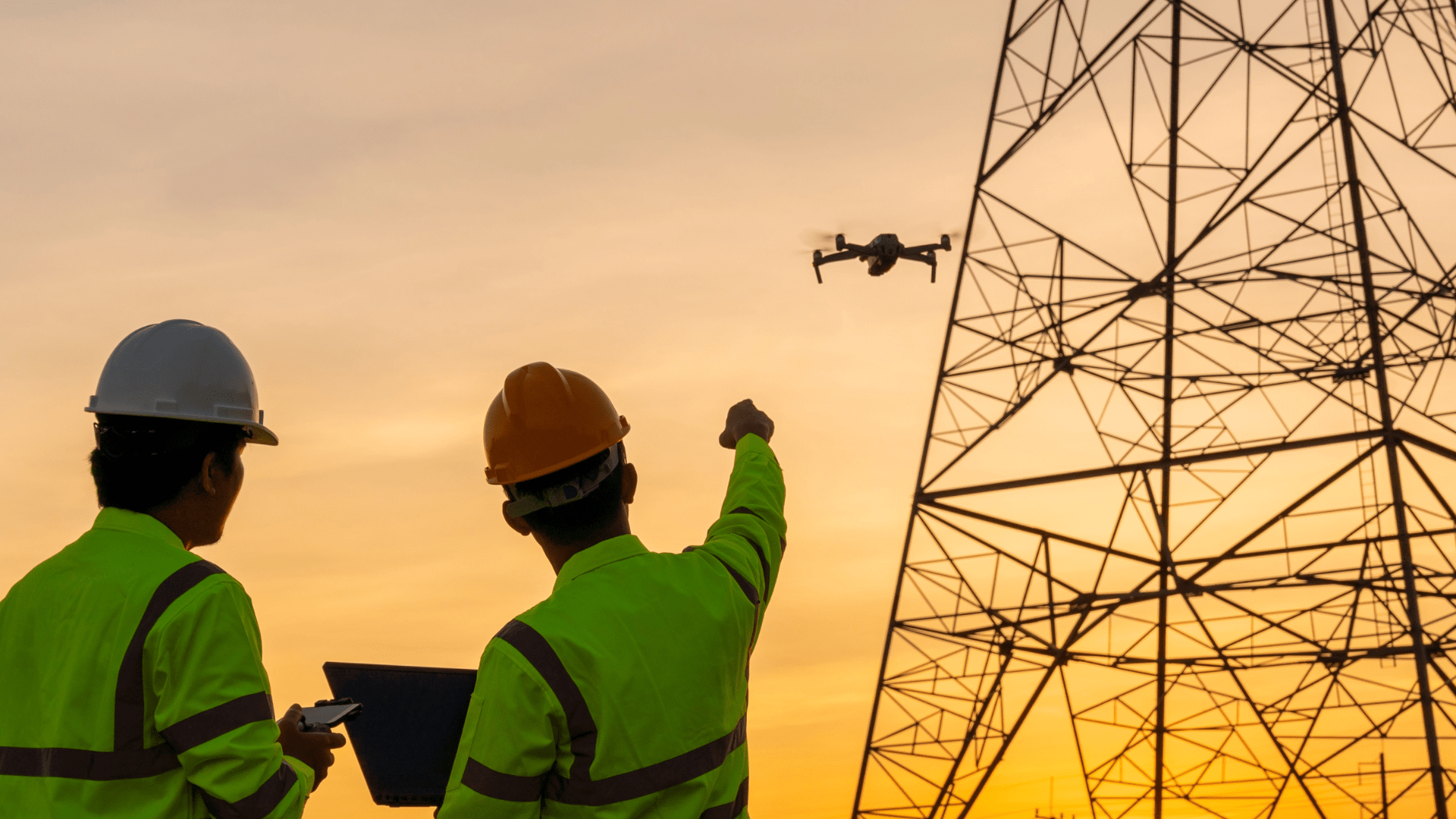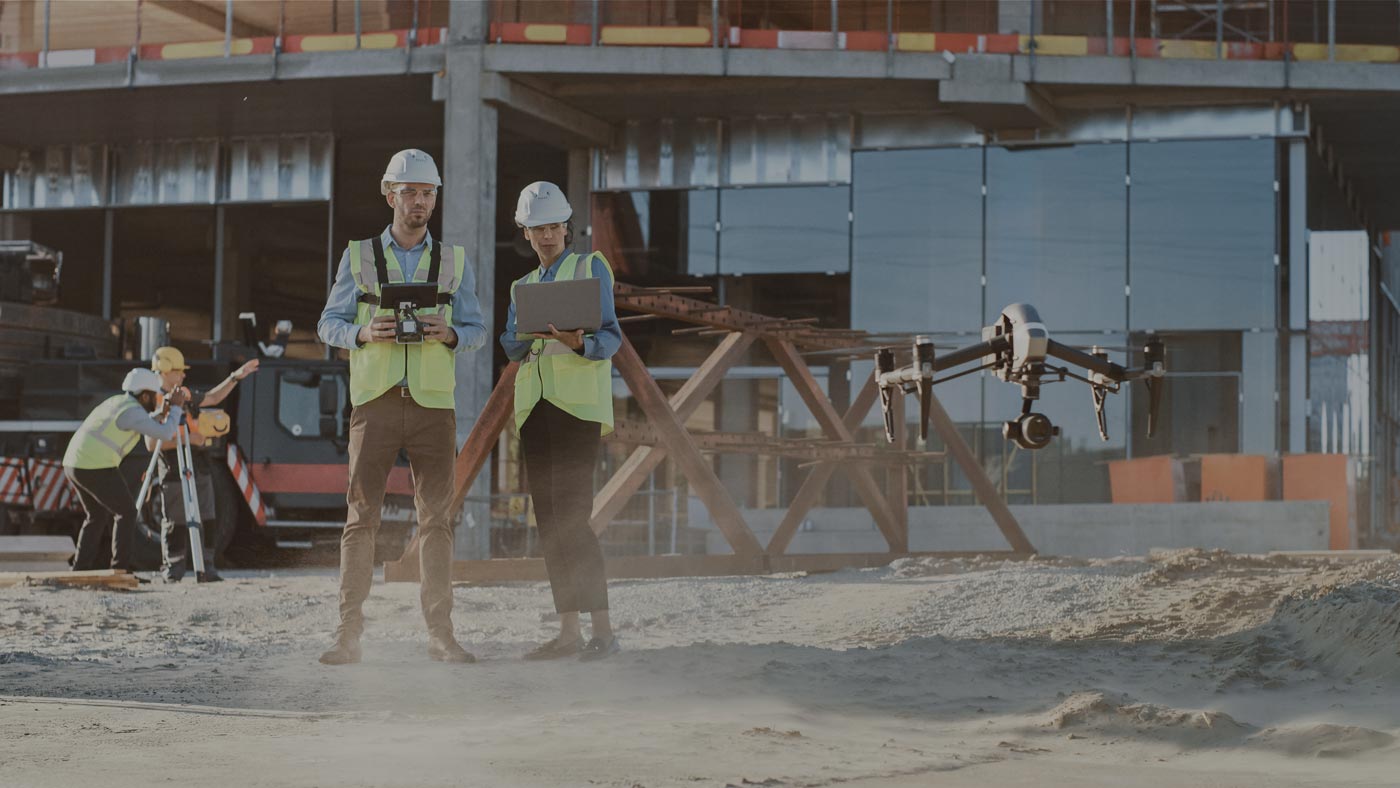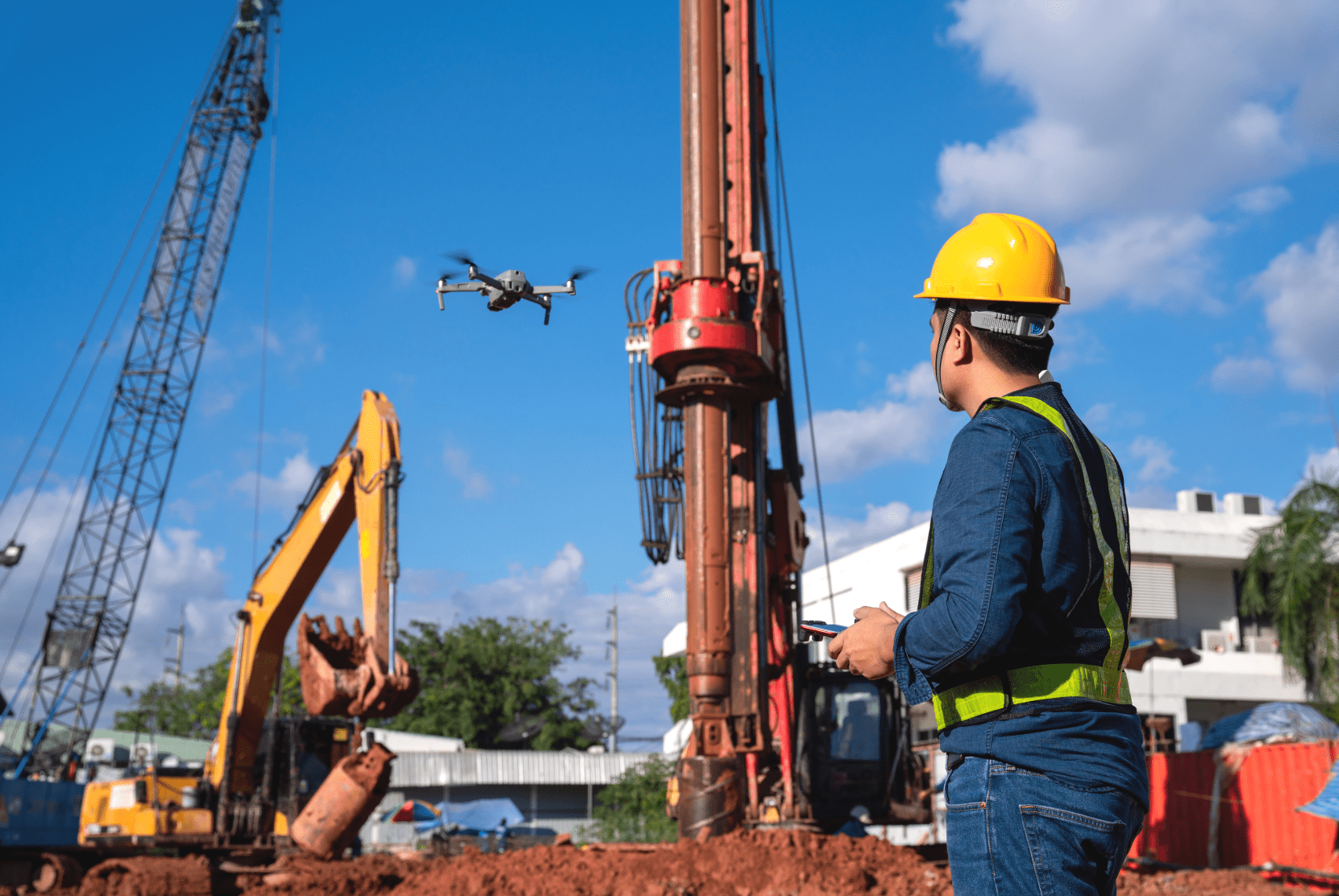In der Bauwirtschaft werden Drohnen vor allem im gewerblichen Bereich zur Dokumentation des Baufortschritts eingesetzt. Aber auch im privaten Hausbau werden Drohnen immer häufiger für diesen Einsatz verwendet.
Der Blick von oben offenbart den Fortschritt eines Bauprojekts
Die Vorteile der Baudokumentation aus der Luft liegen auf der Hand: Durch die Vogelperspektive lässt sich der Fortschritt am besten zeigen. Zudem ist der Einsatz von Drohnen in diesem Fall recht günstig, da die herkömmliche RGB-Kamera einer Drohne für diesen Zweck ausreicht. Da bereits die Kameras handelsüblicher Modelle für diesen Zweck eine ausreichende Auflösung bieten, bleiben auch die Kosten für den Drohneneinsatz in einem überschaubaren Rahmen. Dadurch kann der Einsatz häufiger stattfinden und der Bauprozess detaillierter festgehalten werden, als mit herkömmlichen Methoden, wie beispielsweise Boden-basierten Aufnahmen oder gar Luftaufnahmen durch Helikopter. Gerade letztere sind aufgrund ihrer hohen Kosten in der Vergangenheit nur für Großbaustellen infrage gekommen.
Gegenüber Bodenaufnahmen bieten Drohnen vor allem im urbanen Umfeld deutliche Vorteile, da diese auch in dicht bebauten Gebieten aufsteigen können und dabei ein Gesamtbild liefern können. Vom Boden aus ist dies nicht immer möglich. Auch die Zuhilfenahme von Kränen ist teuer und nicht überall machbar.
Vermessungen mit Drohnen sind weit verbreitet
Wie wir bereits in unserem Artikel über Vermessungen mit Drohnen berichtet haben, sind Drohnen für diesen Einsatzzweck besonders gut geeignet. Sie sind schneller, als Vermesser zu Fuß und die erhobenen Daten sind zudem detaillierter. Außerdem sind ihnen Hindernisse am Boden völlig fremd. Durch den Einsatz von Mapping-Software, wie etwa von Pix4D, ist es im Anschluss an die Befliegung möglich, ein 3D-Modell zu erstellen. Hier zudem ein aktuelles Beispiels aus Nordrhein-Westphalen.
(3D Modell der Leipziger Spinnerei, Einzelbildaufnahmen erstellt mit einer Drohne. Quelle: ProCopter GmbH)
Dachinspektionen werden durch Drohneneinsätze sicherer und kostengünstiger
Eine weitere Möglichkeit, Drohnen in der Bauwirtschaft einzusetzen, sind Dachinspektionen. Durch den Drohneneinsatz kann der Dachdecker kostengünstig und sicher eine Sichtinspektion an einem Hausdach durchführen. Er muss hierfür nicht mehr zwangsweise auf das Dach steigen, sondern kann dieses sicher vom Boden aus untersuchen, indem er die Drohne über das Dach fliegen lässt. Die Aufmaße sind genauer, da die Daten, die durch die Drohne generiert werden, detaillierter sind. Dies erlaubt die Erstellung eines präziseren Kostenvoranschlags für den Kunden. Durch den Einsatz entsprechender Software ist auch die Anfertigung des Aufmaßes schneller zu bewältigen.
(Drohne auf dem Weg zu einer Sichtinspektion eines Hausdachs)
Drohneneinsätze im Straßenbau
Im Straßenbau bringen Drohnen einen schnellen Überblick über den aktuellen Status eines Bauprojekts. Der Verkehr wird durch die Inspektionen nicht beeinträchtigt und die Drohne erledigt die Aufgabe dank ihrer höheren Geschwindigkeit schneller, als ein Bauprüfer zu Fuß.
Besonders innovativ ist auch der Einsatz von Drohnen, um Straßenschäden effizient zu erkennen.
Drohnen zur Bauwerksprüfung
Ein weiterer Grund, Drohnen im Baugewerbe einzusetzen ist die Prüfung von bestehenden Bauwerken. Beschädigungen durch das Alter oder die tägliche Belastung von z. B. Brücken machen eine regelmäßige Prüfung auf Risse, Korrosion, Verformungen und andere Beschädigungen unabdingbar, um die Sicherheit fortlaufend zu gewährleisten.
Gerade bei großen und schwer zugänglichen Bauwerken, wie Hochhäusern, Kraftwerken, Brücken oder Schornsteinen bringt der Drohneneinsatz enorme Vorteile. Während die Drohne von einem sicheren Standort aus gestartet werden kann, kann sie Gelände-unabhängig arbeiten und mit einer deutlich höheren Geschwindigkeit die Bauwerke abfliegen, als Prüfer auf Gerüsten. Die Drohne kann detaillierter arbeiten, da sie aus der Luft das gesamte Bauwerk Stück für Stück abfotografieren kann. Dadurch, dass die Drohne mit GPS und weiteren Sensoren arbeitet, ist zudem der genaue Ort einer Beschädigung leicht festzustellen. Wir freuen uns, dass bereits einige deutsche Städte das Potenzial von Drohnen erkannt haben und diese zur Bauwerksprüfung einsetzen.
(Aufnahme einer Sichtinspektion mit Drohne an einer Brücke. Quelle: ProCopter GmbH)
Zukünftige Drohneneinsätze in der Smart City
Die Urban Air Mobility ist eine Zukunftsvision, die derzeit vor allem von den Konzepten der Lieferungen per Drohne und Flugtaxis getragen wird. Es gibt jedoch noch viel mehr Ideen, um Drohnen sinnvoll im urbanen Raum einzusetzen.
Universität hat Vision, dass Drohnen Straßen reparieren sollen
Die Universität von Leeds arbeitet an einem Projekt der sog. Self-repairing city. Die Idee ist es, neue Technologien, wie Drohnen und 3D Drucker zu kombinieren, um Schlaglöcher aufzuspüren und zu beseitigen. Der Plan der Universität sieht vor, dass im Jahr 2050 Schlaglöcher vollständig von Drohnen aufgespürt und durch Flicken aus 3D Druckern repariert werden – idealerweise natürlich vollkommen autonom. Dies würde dazu führen, dass Schlaglöcher schneller identifiziert und ausgebessert werden, um Staus, Baustellen und größere Schäden zu vermeiden.
Wir würden uns freuen, wenn diese Technologie sogar früher marktreif wird und eingesetzt werden kann!
Technische Voraussetzungen für Drohnen im Bausektor
Für die meisten Einsatzzwecke im Baugewerbe reicht eine Drohne mit einer RGB-Kamera aus. Insbesondere für thermografische Analysen von Hausdächern und Fassaden ist jedoch der Einsatz einer Wärmebildkamera notwendig.
Beschränkt man sich jedoch auf die Baufortschrittsdokumentation, so kann in den meisten Fällen auf hochpreisige Spezialdrohnen verzichtet werden. Viel wichtiger ist, dass die Drohne mit GPS und RTK-Sensorik ausgestattet ist. Zudem sollte die Drohne in der Lage sein, Flugrouten abfliegen zu können. Beim wiederkehrenden Einsatz in der Dokumentation ist dies nicht nur hilfreich, sondern geradezu notwendig. So ist gewährleistet, dass die Drohne bei den einzelnen Einsätzen immer wieder an den gleichen Stellen Bilder aufnimmt. Für Marketingzwecke ist dies auch hilfreich, da so visuell ansprechende Zeitrafferaufnahmen erarbeitet werden können, die dann den Kunden gezeigt werden können. Zudem kann das Marketing mit diesen Aufnahmen ansprechendes Werbematerial erstellen.
Bauherren brauchen keine eigene Drohne
Viele Bauunternehmen scheuen sich davor, eigene Drohnen für die Dokumentation anzuschaffen. Die Integration in bestehende Arbeitsprozesse scheint aufwendig und der entsprechende Pilot muss zudem geschult werden. Es herrscht bisher häufig noch die Ansicht, dass es die herkömmlichen Methoden weiterhin ausreichend sind, um den Baufortschritt zu dokumentieren.
Einstieg in Drohneneinsätze
Für Bauunternehmen, die bisher nicht auf Drohneneinsätze gesetzt haben, kann aber eine andere Lösung attraktiv sein:
Der Einsatz eines externen Piloten samt Drohne
Die Zahl der Drohnen in Deutschland steigt täglich. Vorrangig handelt es sich zwar meist um Freizeitdrohnen, aber auch einige dieser Modelle eignen sich bereits, um Baufortschritte zu dokumentieren. Bauunternehmen könnten daher erstmal auf freiberufliche Drohnenpiloten setzen, da sich die Kosten für einzelne Einsätze im Rahmen halten würden und trotzdem günstiger sind, als der Einsatz von Bauprüfern mit Handkameras.
Um die Einsätze planen, befliegen und zu analysieren kann FlyNex HORIZON helfen, die Drohne und deren Befliegungsergebnisse in die bestehenden Arbeitsprozesse zu integrieren.
Die Vorteile der Nutzung von HORIZON
Durch unseren qualitativ hochwertigen Datenbestand aus über 165 Quellen ist gewährleistet, dass die Flugplanung gesetzeskonform ausgearbeitet wird. Für die Erstellung einer Route sind keine Vorkenntnisse in der Luftfahrt notwendig, was die Einarbeitungsphase in die Software verkürzt. HORIZON erlaubt es dem Unternehmen, verschiedene Projekte, Drohnen und Piloten unabhängig voneinander zu verwalten. Da wir über ein Rollen- und Rechtemanagement verfügen, ist auch das gemeinsame Arbeiten mit externen Mitarbeitern, wie freiberuflichen Piloten, möglich. Das Unternehmen kann also selbst die Routen planen, die Ausführung aber problemlos einem Externen überlassen. Zudem können durch das Setzen verschiedener Rollen und Rechte die jeweiligen Mitarbeiter immer nur das bearbeiten, was für sie relevant ist.
Der Pilot kann vor der Befliegung Checklisten ausfüllen. Zudem können die Aufstiege vom Unternehmen verwaltet werden. Die erhobenen Daten können innerhalb von HORIZON gespeichert werden und direkt vom Piloten an andere Mitarbeiter aus dem Unternehmen weitergeleitet werden. Diese Daten können dann ausgewertet bzw. in andere Software zum Zwecke der Analyse exportiert werden.
Unser Ziel ist es, Drohnen in bestehende Arbeitsprozesse zu integrieren, da wir der festen Überzeugung sind, dass Drohnen in jeder Branche eine Bereicherung sind. Sie können Prozesse beschleunigen, detailliertere Daten liefern, ihr Einsatz erhöht die Sicherheit und ist zudem kostengünstiger, als herkömmliche Methoden.
Ihr Team FlyNex

